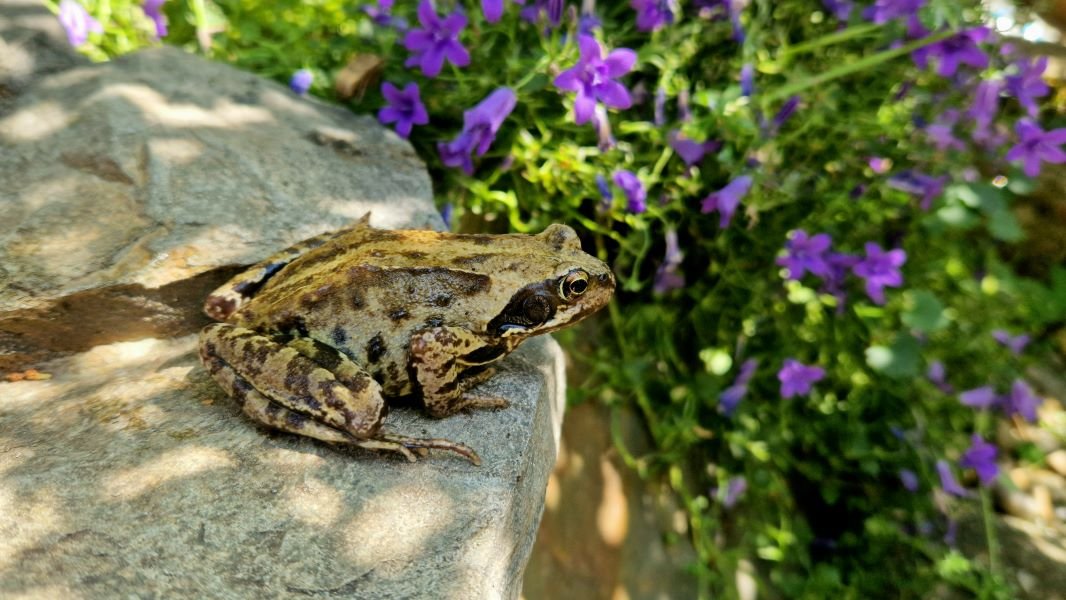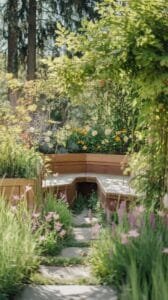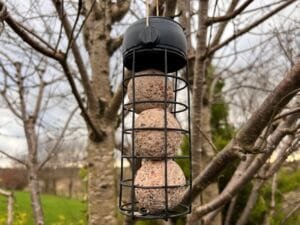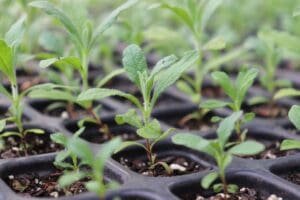Creating an amphibian-friendly garden provides immense rewards. Amphibians play vital roles in ecosystems by controlling insect populations, aerating soil, recycling nutrients, and serving as food for other wildlife. By understanding amphibian habitat requirements and implementing a few key changes, you can transform your garden into a thriving amphibian sanctuary. This guide covers the essential elements of an amphibian haven, including ideal habitats, food sources, and maintenance tips. Follow these suggestions to welcome wonderful wetland wildlife into your outdoor space.
Amphibians require very specific habitats, so the key to attracting them is recreating suitable aquatic and terrestrial environments. Providing adequate food, shelter, water resources, and breeding areas will entice amphibians to take up residence. Once established, a healthy population of frogs, toads, and salamanders will thrive for years to come.
Section A: Creating a Welcoming Habitat
1. Build a Pond: A Haven for Amphibians

A backyard pond tailored to amphibians supplies essential breeding territory and a permanent water source. While almost any water feature provides habitat, ideal ponds have shallow edges, sloping sides, aquatic plants, and a mix of depths up to two metres. These elements allow most amphibians to deposit eggs, escape from predators, and overwinter safely on the pond bottom during cold weather.
- Shallow water along the perimeter allows amphibians to enter and exit easily.
- Aquatic vegetation gives egg masses attachment sites and hiding places.
- Varied depths support different species. Provide 30-60 cm for frogs and toads or up to 2 metres for newts and salamanders.
2. Provide Shelter and Hiding Places
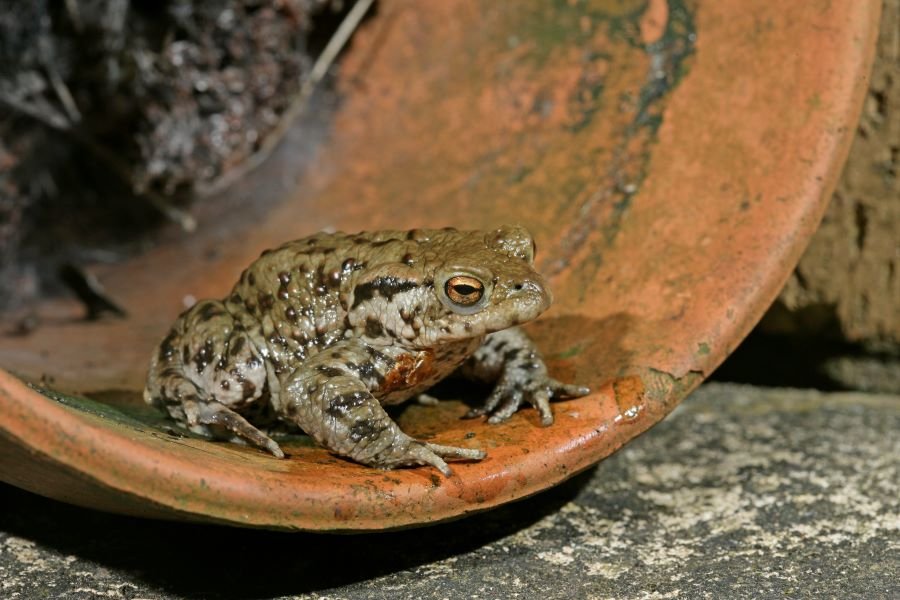
Safe spaces protect amphibians from predators and harsh conditions while also supplying hibernation sites. Log and rock piles, overgrown native plant sections, and brush debris create attractive terrestrial shelter.
- Stack logs and branches to form small tunnels and cavities.
- Use rocks of different sizes to build crevice hideaways.
- Allow native plant thickets and long grasses to grow naturally.
- Leave leaf litter and woody debris to accumulate as refuge.
3. Minimize Lawn Chemicals and Pesticides
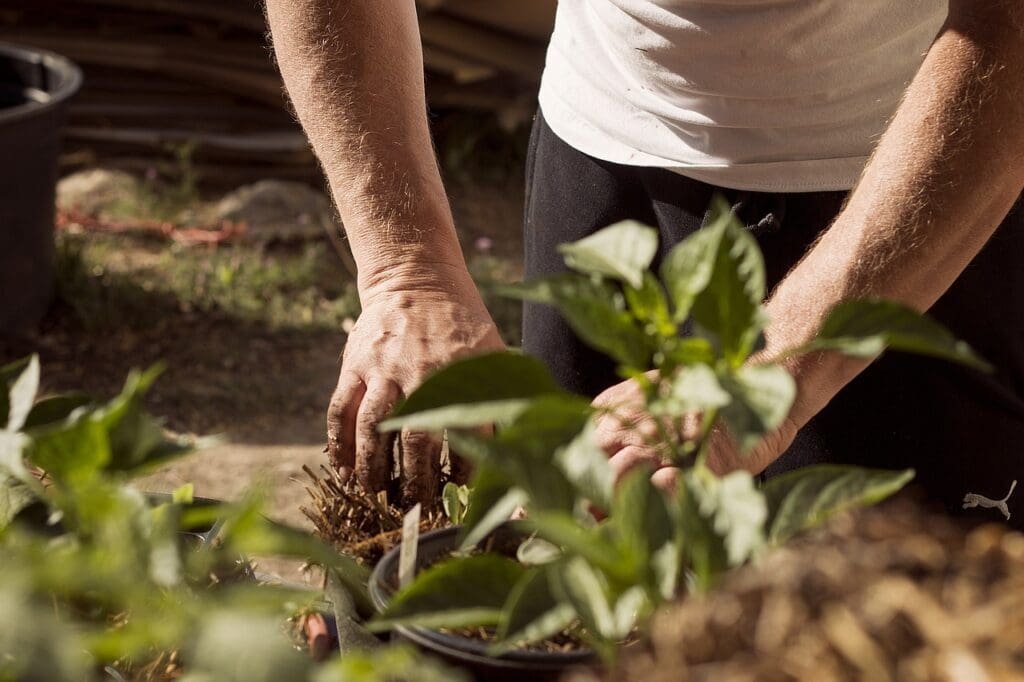
Amphibians have extremely permeable skin, so they readily absorb any toxins from their surroundings. Chemicals and pesticides also reduce insect populations which amphibians rely on for food.
It’s best to avoid using any lawn chemicals or pesticides. But if they are necessary, always follow label precautions and never apply them near ponds or damp areas where amphibians live.
Instead, practice natural pest control and organic gardening methods to keep your habitat healthy. Welcome insect-eating amphibians to help control unwanted bugs in your garden!
Section B: Encouraging Amphibian Food Sources
A flourishing population of edible insects sustains garden amphibians. Follow these tips to entice delicious bugs into your habitat.
4. Plant a Native Buffet for Amphibians
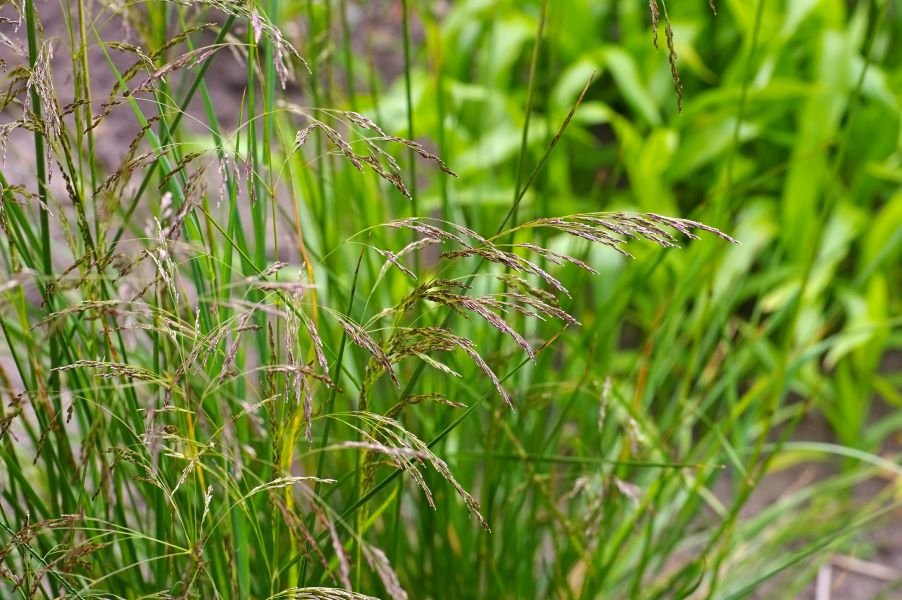
Native plants tailored to your region provide the perfect insect habitat to feed hungry amphibians. Native species support specialized and localized pollinators while also stabilizing the soil and sustaining ecosystems.
- Plant native wildflowers like coneflowers, asters, and bee balm to attract beneficial pollinating insects.
- Grow native grasses and sedges along your pond edges to shelter frog and salamander prey.
- Allow leaf litter to accumulate under trees and woody shrubs where edible invertebrates thrive.
5. Create a Compost Heap for Amphibian Delicacies
A garden compost pile offers shelter and food for amphibians while also recycling nutrients back into your habitat. Compost supports a diverse community of edible invertebrates and provides hideouts from extreme weather and predators. Follow a few simple rules to create attractive compost.
- Choose a shady, moist site to prevent it from drying out.
- Layer brown and green organic materials for efficient breakdown.
- Use a mix of leaves, grass clippings, straw, and vegetable scraps.
- Turn or aerate the pile occasionally to speed decomposition.
6. Encourage Other Beneficial Insects
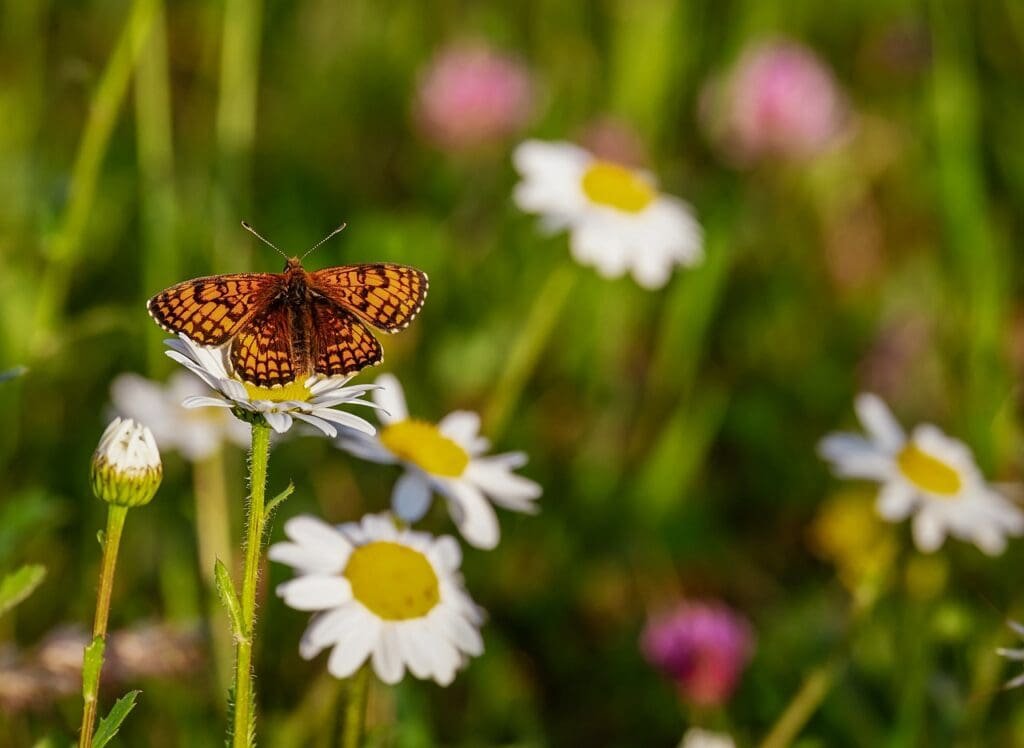
Butterflies, beetles, worms, and spiders all make tasty amphibian treats. Support these supplementary bug populations by avoiding pesticides and providing habitat.
- Allow flowering herbaceous plants to go to seed, feeding beneficial insects.
- Create special houses for nesting native bees and other helpful species.
- Layer woody debris in hidden corners of your garden for beetles and worms.
- Plant host trees like willows which attract insects eaten by amphibians.
Section C: Maintaining an Amphibian-Friendly Garden
Keep your habitat clean, protected, and connected to sustain a long-term amphibian population. Follow these crucial maintenance practices.
7. Keep Your Garden Water Feature Clean
Good water quality is essential for healthy amphibians, but ponds easily accumulate organic debris and toxic algae blooms. Gently remove excess leaves and clear piles of rotting muck which deplete oxygen. Hand pull string algae before it takes over. Establish aquatic plants because roots oxygenate water while also absorbing nutrients.
- Skim floating debris with a net
- Remove fallen leaves before they decompose
- Prune back advancing blanket weed
- Introduce oxygenators like hornwort or elodea
8. Minimize Garden Disturbances
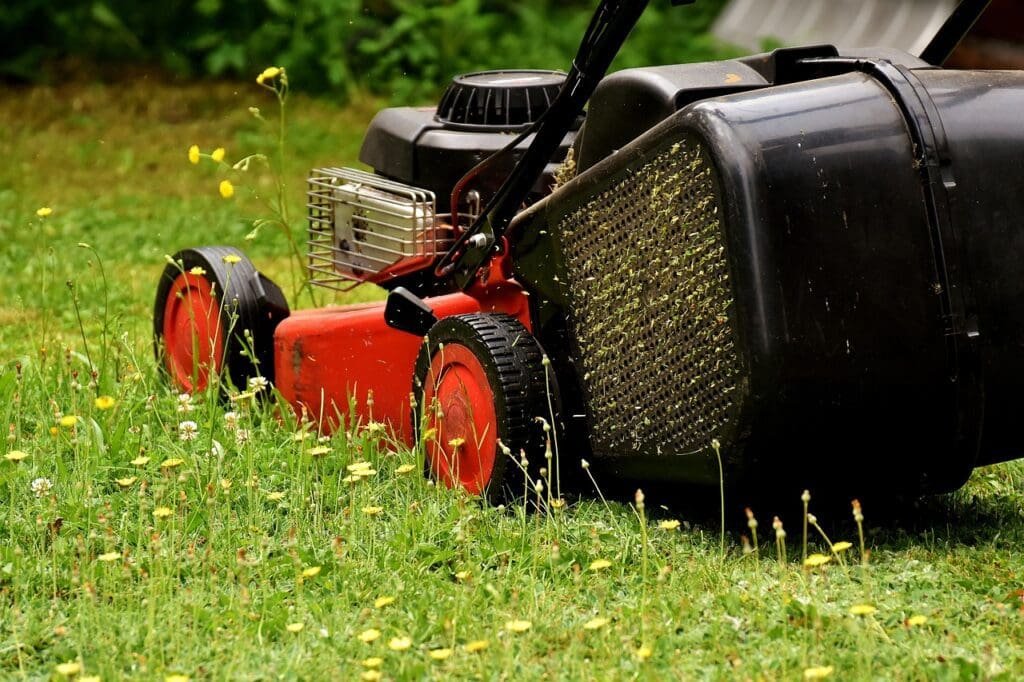
Creating stable habitats ensures amphibians remain long-term residents. Follow practices which cause minimal disruptions to established ecosystems.
- Avoid using harsh chemicals or fertilizers which leach into soil and ponds.
- Prevent erosion by limiting digging and soil turnover in delicate areas.
- Leave areas of long grass and leaf litter undisturbed from year to year.
- Allow native plants to self-seed freely around habitat zones.
FAQs – How to Attract Amphibians to Your Garden
Q. What are the most common amphibians found in gardens?
In the UK, the amphibians most likely to frequent gardens are frogs, common toads, and newts.
Q. What are some additional tips for attracting amphibians to my garden?
Avoid artificial fertilizers running into ponds, provide shady retreat zones, and create leaf and log piles for foraging and hibernation. Place a wildlife camera near habitat features to detect secretive species.
Q. What can I do to help amphibians in my community?
Get involved with local conservation groups, volunteer at citizen science projects, or advocate for amphibian-friendly practices in your neighbourhood. Simple actions like building garden habitats, and avoiding pesticide use make a real difference!

